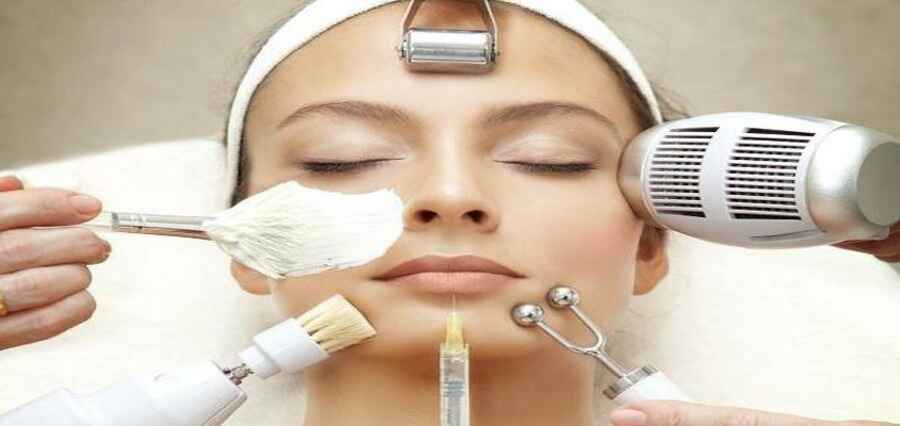Why Doctors Are Choosing Aesthetic Medicine
As the healthcare landscape continues to evolve rapidly, many doctors are embracing aesthetic medicine to diversify their practices and deliver more holistic patient care. Aesthetic medicine courses for doctors are meticulously crafted to integrate smoothly into existing medical practices, equipping physicians with the necessary skills to perform cosmetic procedures that boost patient satisfaction and enhance their work-life balance.
Aesthetic Medicine Training: A Door to New Opportunities
Expanding Your Skill Set
Aesthetic medicine courses equip doctors with the necessary skills to perform various procedures, from basic botox injections to more complex dermal fillers and laser therapies. The training is hands-on, focusing on both the art and science of aesthetic enhancements. Doctors learn the techniques, facial anatomy, and aesthetic aspects that are critical for achieving natural and pleasing results.
Advanced Procedures and Techniques
Advanced aesthetic medicine courses offer training in cutting-edge procedures such as platelet-rich plasma therapies, stem cell therapy, and advanced laser treatments for those looking to delve deeper. These courses are designed to keep medical practitioners at the forefront of the industry, capable of handling more sophisticated treatments that cater to an increasingly discerning clientele.
Practical Benefits for Medical Professionals
Aesthetic medicine not only broadens doctors’ scope of practice but also offers practical benefits. Incorporating aesthetic procedures into practice can lead to a better work-life balance, with more predictable hours and potentially higher earnings than in some traditional medical fields. Moreover, these courses are often tailored to fit the busy schedules of healthcare professionals, with options for weekend workshops and online segments.
The Structure of Aesthetic Medicine Training
Comprehensive Curriculum
Aesthetic medicine courses provide a comprehensive education covering theoretical knowledge and practical application. Courses typically include detailed lectures on skin rejuvenation, injectable treatments, and cosmetic lasers, supplemented by live demonstrations and hands-on practice sessions.
Certification and Credibility
Upon completion, participants often receive certifications that enhance their credentials and allow them to practice aesthetic medicine legally and ethically. These certifications are crucial, as they reassure patients of a doctor’s expertise and dedication to safety and quality in aesthetic treatments.
Networking with Peers and Industry Leaders
Attending an aesthetic medicine course also offers the opportunity to meet and network with other medical professionals and industry experts. These connections can be invaluable for sharing best practices, staying updated on industry trends, and building professional relationships that could lead to collaborative opportunities.
Choosing the Right Course
Selecting the right aesthetic medicine course is critical. Doctors should look for programs that offer:
- Accreditation: Ensure reputable medical boards recognize the course.
- Expert Instructors: Learn from experienced practitioners who are leaders in the field.
- Comprehensive Coverage: Choose courses that cover a wide range of procedures and focus on hands-on training.
- Positive Reviews: Check feedback from previous participants to gauge the effectiveness of the course.
Aesthetic medicine courses for doctors are more than just training programs; they are transformative experiences that enhance medical practices and open new avenues for professional growth. Whether you are a seasoned physician looking to expand your services or a medical professional eager to explore new areas, these courses offer the tools and knowledge needed to excel in the dynamic field of aesthetic medicine.
Enhancing Clinical Expertise with Specialized Aesthetic Training
Dermal Filler and Botox Training
Dermal filler and botox training are cornerstones of aesthetic medicine courses, providing doctors with the precision and artistry required for these popular treatments. These sessions focus on techniques for achieving smooth, natural-looking results that enhance facial aesthetics without compromising facial mobility or expression. The training includes theoretical knowledge of the products and practical skills, emphasising safety and complication management.
Chemical Peel and Advanced Skin Care Procedures
Chemical peel training is another critical component of comprehensive aesthetic training. This course teaches doctors the various types of chemical peels available, appropriate application techniques, and how to customize treatments for different skin types and conditions. Understanding the subtle nuances of chemical peels allows practitioners to offer tailored solutions that improve skin texture, tone, and overall health.
Expanding Services in Medical Spas
For those operating or considering a role in a medical spa, training in medical aesthetics offers a pathway to incorporating a broad range of aesthetic medicine procedures. These programs cover the essentials of managing a medical spa, from patient care standards to the latest in cosmetic procedures, ensuring a well-rounded approach to business and clinical care.
Mastery Through Industry-Leading Programs
Engaging in industry-leading botox training and advanced aesthetics training ensures that practitioners meet and exceed the current standards, positioning themselves as top providers in the field. These courses often include hands-on sessions with live demonstrations, allowing for real-time feedback and skill enhancement.
In conclusion, aesthetic medicine courses for doctors offer a crucial pathway for enhancing medical practices and responding to the changing needs of patients. These comprehensive training programs provide physicians with advanced techniques and hands-on skills within a supportive and innovative learning environment. By investing in aesthetic medicine training, doctors can broaden their service offerings, heighten patient satisfaction, and achieve substantial professional development.
Frequently Asked Questions
How do you become an aesthetic doctor in the USA?
To become an aesthetic doctor in the USA, you must complete a residency in a relevant field, such as dermatology or plastic surgery, and then pursue specialized training and certification in aesthetic medicine.
What is the best board certification for aesthetic medicine?
The American Board of Aesthetic Medicine (ABAM) offers the most recognized certification for doctors specializing in aesthetic medicine.
What is the demand for medical aesthetics?
The demand for medical aesthetics is rapidly growing, driven by an increasing desire for minimally invasive cosmetic treatments that offer quick recovery and noticeable results.


